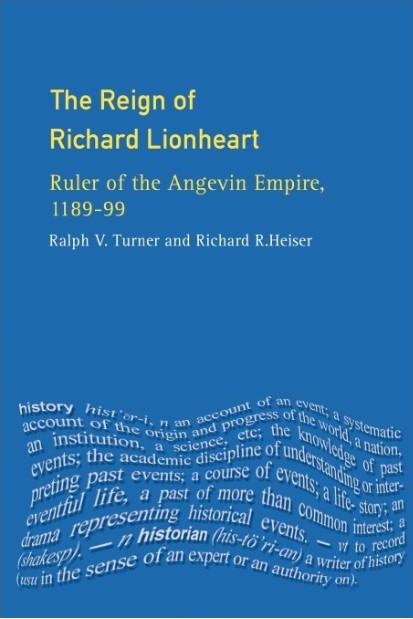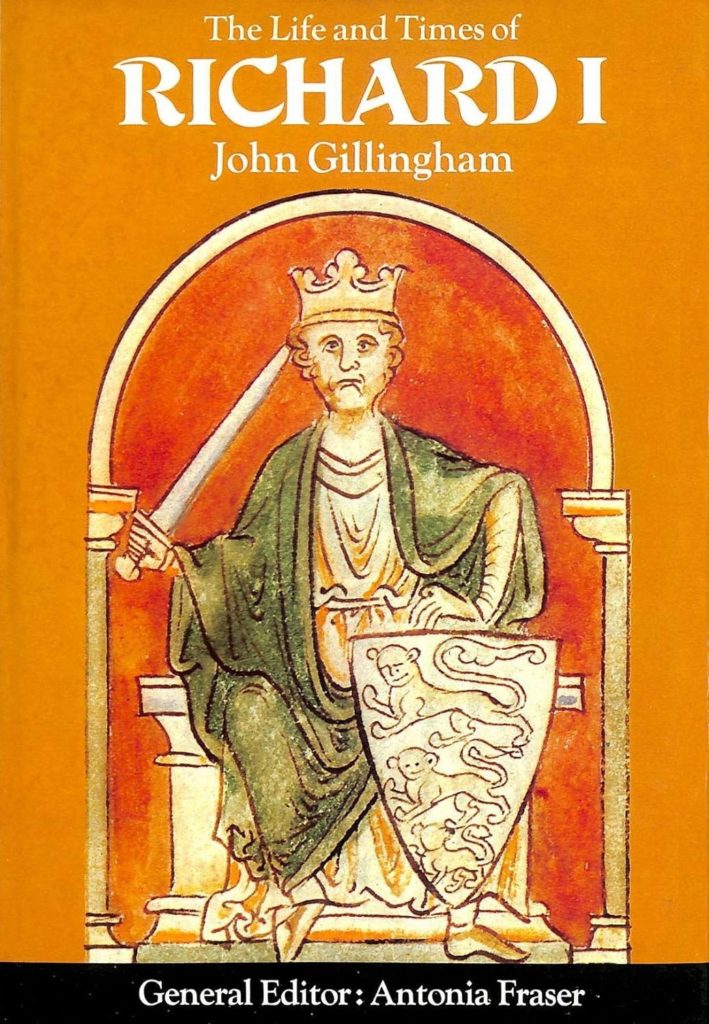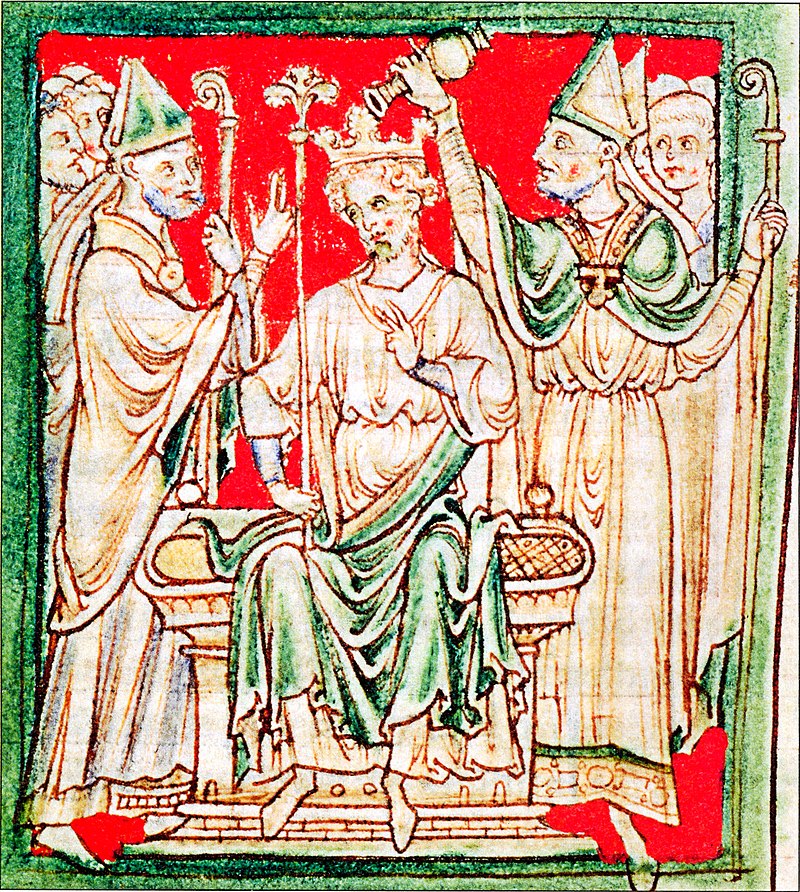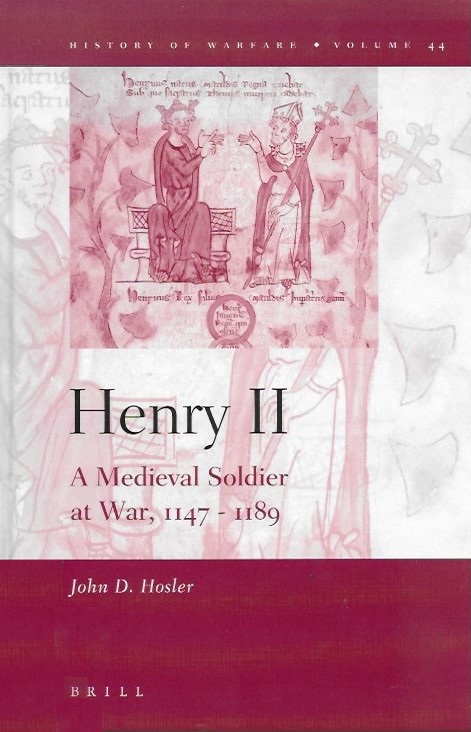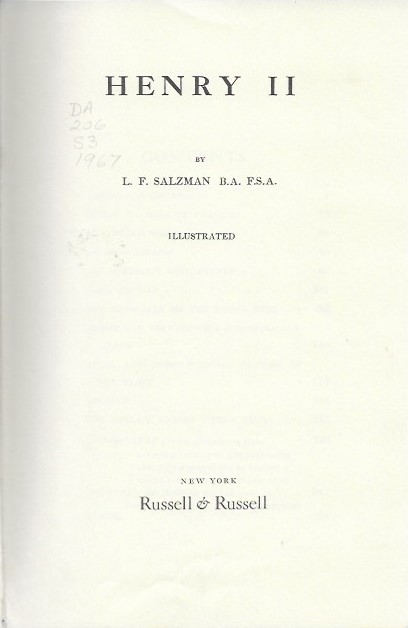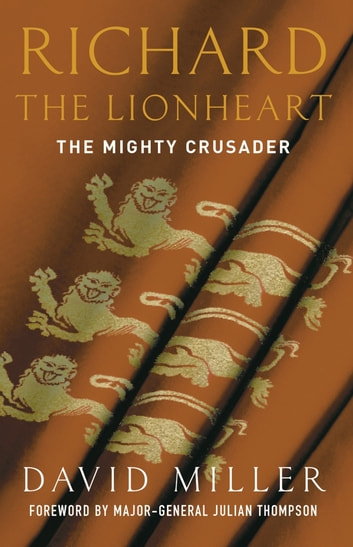
When considering the historical image of Richard I, what stands out most is his role as a military commander. While this aspect of his monarchy was hardly unique to Richard, as it was one played by both his predecessors and many of his contemporaries, it was one that enjoyed an particular prominence thanks to his participation in the Third Crusade. Until then the major kings of Europe had not led personally these high-profile military expeditions, and Richard’s conduct of this one ensured that he did not just garner the attention of the Christian world, but that he seized its imagination as well.
It is this that is the focus of David Miller’s book. As a career British Army officer turned freelance author, he brings to his subject a professional soldier’s understanding of the nature of military operations and the factors that determine their success. This he uses to assess Richard’s conduct of the Third Crusade, detailing the various stages of his three-year-long campaign and describing his conduct in each of them. He follows this largely narrative description with two chapters assessing Richard’s naval operations and the logistical aspects of his campaign, before concluding with an assessment of Richard as a military commander.
Miller’s judgment of Richard is a highly favorable one. As he notes, Richard demonstrated a well-rounded capability as a campaigner, demonstrating outstanding personal leadership, a good strategic sense, and the necessary appreciation for the vital role played by logistics in such an extensive military operation. That he failed in his ultimate goal in the campaign – the reconquest of Jerusalem – is not because of any failings of Richard as a commander, Miller concludes, but because the goal was simply unattainable given the resources available to him, with the decision not to besiege Jerusalem reflecting good military judgment rather than any failure of will.
This assessment Miller grounds in a description of the campaign that, while dry, is clear and straightforward. He supplements this with explanations of the elements of the warfare of the era that make his book a fine introduction to the subject for anyone new to it. That is not a biography is not a criticism of the work, for Miller did not set out to write one. What he has written is a good companion piece to John Hosler’s study of Richard’s father, albeit one more narrowly focused on Richard’s conduct of a single military campaign than Hosler’s more comprehensive work. While his assessment of Richard’s military skill would have been stronger had he included with it an examination of his conduct of operations post-Crusades, for anyone interested just in the martial aspects of Richard’s life this is a useful book to read.

